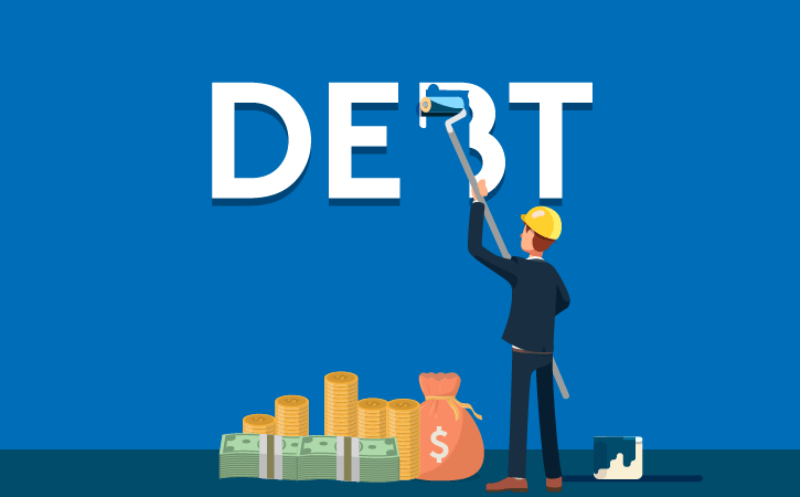If you have been looking online for home loans for a while now, you should have read instances of the United States Department of Agriculture Mortgage Loans. When hearing about the United States Department of Agriculture (USDA) loans, agribusiness loans comes into mind first rather than home loans.
USDA Mortgage Loans are often regarded as the best-kept secret of the mortgage market. Especially during this time of the pandemic, this home loan would just be the way for you to get that a better home and community for yourself and your family.
What is the nature of a USDA Rural Housing Loan?
Starting on the 30th of April, 1935 by the signing ofExecutive Order 7027 by President Franklin D. Roosevelt, the department’s Rural Housing Loan has been of great help to rural settlers, communities, and aspiring rural-area movers. The USDA Rural Housing Loan is a Zero Down Home Loan for people wanting to buy houses in rural areas.
The loan was implemented for the development of rural communities. So, homes in this loan are naturally from the rural areas of the country (that are approved by the USDA). The USDA also made sure that the homes for this program are to be used by the buyers as their primary residence. Otherwise, the houses bought would only help create a ghost town vibe to the rural community they are in. Properties must be appraised, with its water, electrical, heating, and cooling systems, and house foundation deemed within standards.
Being eligible for a Rural Housing Loan is fairly easier when compared to other types of home loans. The minimum credit score for eligibility is 640, so, even if your credit score is below average, you still have a chance of owning your dream home as long as lenders see you as able and willing to pay back the loan. Your household’s income must also not exceed the 115% income limit of your area or state.
Are they still a good option in this COVID pandemic?
The world economy was shaken by the pandemic. Everyone was caught off-guard. Workers were laid off and businesses closed down. Other worker’s salaries were lowered and even delayed for others. But even then, with this economic crisis, Americans still took advantage of opportunities given to them. Especially if it meant acquiring a new home.
Even at the height of the pandemic, many Americans and their families were looking for ways to buy homes. There was a surge of home buyers from both the urban and rural area settlers. Urban people looked for homes in the rural communities, while rural people tried to get their hands on the city apartments and small urban houses.
People looking to move to the rural areas were luckier since they can apply for a Rural Housing Loan. Given that most workers right now are given lower wages, they could be eligible for a USDA Home Loan, given their lowered income does not exceed the set income limit. It goes to show that USDA Mortgage Loans are a very helpful, worthwhile option in the pandemic especially if you want to move to a rural area.
What measures are implemented by the USDA to help Rural Communities affected by COVID-19?
In the crisis, the US government has made adjustments to the Rural Housing Loan program to help stay true in its mission to help the families and the rural communities. These changes help make sure that new applicants for the loan can be helped, and the current USDA loan grantees can continue. Here is a more detailed list of the measures made by the USDA.
1. Added Resource Support for Rural Communities
The USDA opened the COVID-19 Federal Rural Resource Guide on April 13, 2020. It’s a one-stop-shop of federal programs that can help rural communities to look for federal funding and partnership opportunities to help address the pandemic.
2. Guidance Updates for the Public
USDA issued updates to the public about steps they are taking to help the people remain in the loan program. These updates are openly available on the USDA’s official website. Updates are regularly posted on the site. Files for the previous updates can be accessed and downloaded for the public to be aware of the changes.
3. Safety Protocols in Construction Sites
For houses in the loan program that are still being constructed, the people allowed within the site are limited to groups of 10 or less. This is to keep the practice of complying with the health and safety protocols issued by the World Health Organization. Grantees impacted by the delayed construction completion period are given the option to make amendments.
4. Grantee Requests are Given Evaluation
Requests for amendments, time extensions, and refunding will be evaluated on a case-by-case basis on a number of different factors. These factors can be Lower Rates of Production, Equivalent Units (EUs), and Technical Assistance (TA) cost per EU.
5. Forgiving Fees and Charges
Some fees for processes within the program are lowered, while some are removed to help with the financials of the grantees.
6. Foreclosure Extensions
The foreclosure and eviction moratorium announced by the USDA is extended by the USDA up until July 31, 202.
7. Forbearance Requirements
Lenders are allowed to provide borrowers a forbearance period of up to 180 days. To further give ease to the borrowers, the initial forbearance period can be given an additional extension of another 180 days at the borrower’s request.
8. Post Forbearance Options
After the given forbearance period, the lender and borrower must come to an agreement on whether the borrower can continue making regular payments and if so, can agree to either an affordable repayment plan or term extension to defer any missed payments at the end of the loan.
9. Utilities Services Support for Rural Communities
The government has made sure that not just the homeowners but also the community services would be supported, to make the community functioning optimally. Additional funds are allocated to the various community utilities such as telecommunications and electricity, water and waste disposal, and distance learning and telemedicine.





























